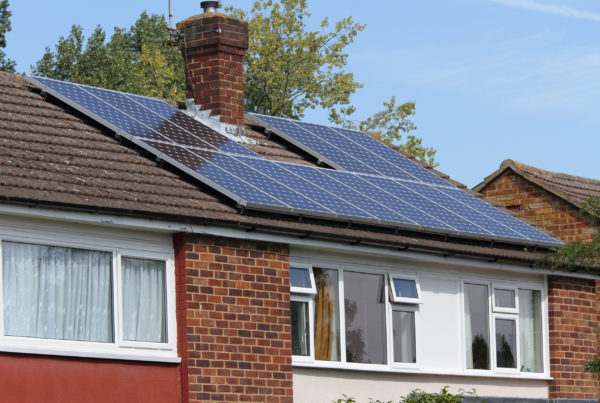
Renewable Energy Growth
Renewable energy is a rising star in both red and blue states, but everywhere it adds extra challenges to grid reliability. While renewable production is predictable, it’s not dispatchable. This means we need other strategies to help when the sun’s not out and the wind isn’t blowing. And its impact will be felt faster than many think.
To prove that, let’s start with a well-traveled thought experiment. Imagine Wimbledon’s Centre Court was built water tight. Now imagine a drop of water is added to the stadium at noon. The next minute: two drops. The following minute: four drops. If the number of drops added doubles every minute, how long until the stadium is full of water?
The answer: 41 minutes. 12:41pm. Suppose our math is wrong and the volume of the stadium is twice what we thought it was. 42 minutes then. What time is it when the water is only ankle deep? 12:34pm. 7 minutes is the difference between replacing the flooring and replacing the stadium. Exponential growth creeps up on you and then makes itself inarguably known.
Now consider renewable energy growth. For the past decade, solar and wind power has been doubling in consumption every 2-3 years and 3-5 years, respectively (see figure 1). While still minor producers in the utility base load, they’ve hit ankle deep in Centre Court.
Intermittent Energy
Now consider, renewable energy does not provide the same robustness as fossil fuel generation reliability due to the intermittent nature of their fuel sources (wind & sun). On a cool sunny day, the cost of producing power will drop substantially, while the inverse will be true on a hot windless day. As a result, the future of power costs will become more and more time and location specific.
OpenADR as a Solution
Open Automated Demand Response (OpenADR) is one technology to dispatch demand reduction resources in a cost effective, prioritized manner. OpenADR is, effectively, a messaging system that allows utilities and aggregators the ability to send cost and demand reduction information directly to customer equipment. Customers configure their equipment with rules that regulate how they will respond to various incentives (e.g. price changes), so everything happens automatically. No emails or text messages.
Because the system is open (not proprietary), it gives customers and manufacturers more flexibility in how to actually shave load. Gone are the isolated electric water heater programs (direct load control). OpenADR allows utilities to dispatch demand resource technologies from HVAC to lighting systems in their preferred way. If a customer wants to reduce demand by cutting back on lighting, they can do that. If they want to reduce demand by precooling some spaces and turning off the A/C during the demand window, they can do that. The idea is to provide a central hub of dispatchable demand response resources that reaches the widest customer base possible.
In addition to demand response, many end-user technologies that are compatible with OpenADR offer additional resources to provide energy efficiency in tandem with demand response. This means utilities could be experimenting with OpenADR using energy efficiency funding. Learning the technology now could be very advantageous before the water gets up to your neck!



